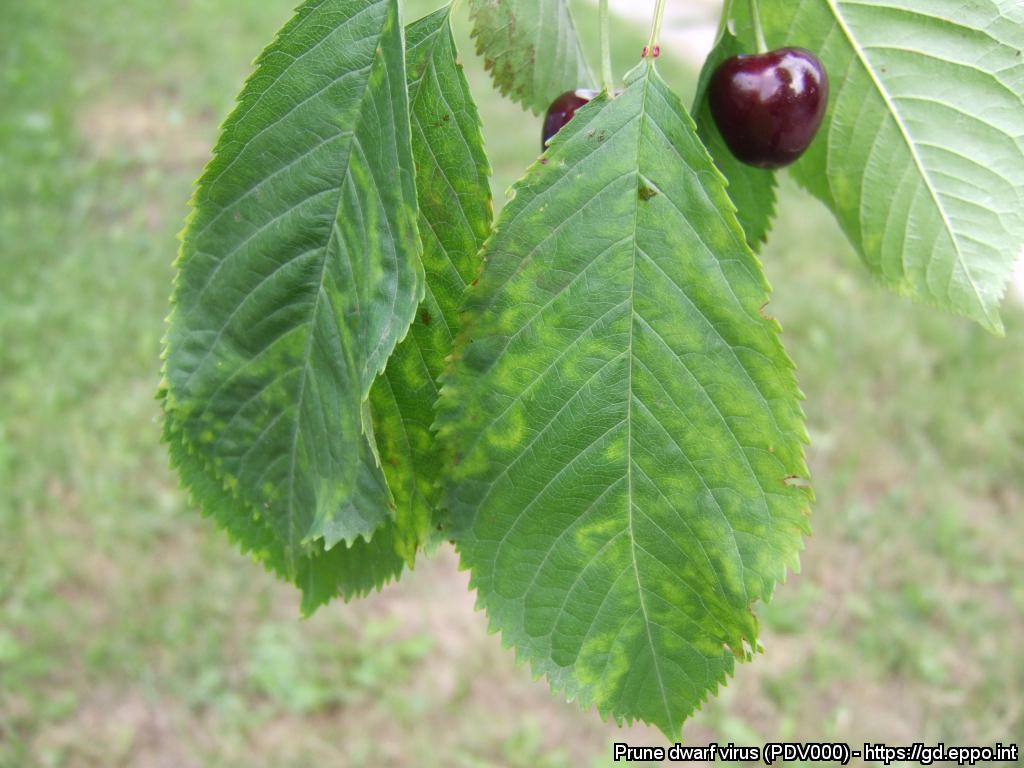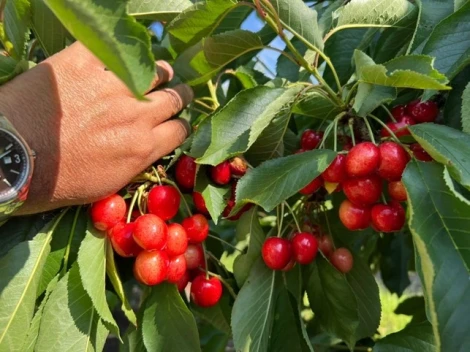Sour cherries possess potent antioxidant, anticancer, anti-inflammatory, and antibacterial properties, although variations in chemical properties may be observed among different cultivars of sour cherries. Nevertheless, these fruits are perishable, and their storage duration is restricted due to their rapid ripening and high respiration rate.
Fruit drying, a process that eliminates water from the fruit's tissues, can serve as a viable solution by stabilising and preventing fruit spoilage. Although various technologies exist for the dehydration of fruits, there remains a need for innovative methods to dry sour cherries in a manner that guarantees optimal quality and consumer acceptance.
The objective of the research conducted at the National Institute of Horticultural Research in Poland was to evaluate a novel drying method that integrated microwave-vacuum drying with osmotic dehydration. Additionally, the purpose of this research was to ascertain the impact that this method had on the final quality parameters.
The experimental sample consisted of three cultivars of sour cherries: 'Nefris', 'Debreceni Botermo', and 'Łutówka'. Prior to drying, sour cherries underwent a process of freezing and pit removal. A single-hour procedure was employed to conduct simultaneous osmotic–microwave–vacuum drying. This involved osmotic dehydration using a 40°Bx sucrose solution and microwave–vacuum drying at varying powers followed by a stabilisation phase.
After the drying process, the products underwent quality assessment through the utilisation of non-destructive image analysis, colour measurements, and sensory analysis, which incorporated both non-destructive and destructive evaluation of attributes.
Texture variations were greatest for the cultivar 'Łutówka' and least pronounced for the cultivar 'Nefris'. The process of drying 'Debreceni Botermo' and 'Łutówka' sour cherries resulted in a colour parameter change that was statistically significant
The overall quality values of all dried sour cherry cultivars were exceptionally high, with 'Nefris' and 'Debreceni Botermo' attaining 8.9, and 'Łutówka' achieved 8.8 out of 10. The sour cherry variety 'Nefris' exhibited the most pronounced flavour value of 9.0. Outwardly, each of the dried samples exhibited an appealing aesthetic.
The dried samples of 'Debreceni Botermo' and 'Nefris' exhibited the most pronounced fruity flavours and the least amount of astringent taste. The effectiveness of the method incorporating non-destructive image analysis, colour measurements, and destructively and non-destructively evaluated sensory attributes for assessing the quality of dried sour cherries was validated based on the results obtained.
The utilisation of image analysis exhibited great potential. Further research may employ image analysis in conjunction with machine learning to develop classification models that objectively determine the impact of osmotic–microwave–vacuum drying on the quality of sour cherries.
The correlation between the image parameters, sensory attributes, and chemical properties of sour cherries can be ascertained through additional investigation. In addition, the gustatory, textural, and crunchiness qualities were deemed satisfactory. By simultaneously employing osmosis, microwave drying, and vacuum drying, it was possible to acquire dried sour cherries that possessed satisfactory sensory attributes in addition to their high quality.
La correlazione tra i parametri dell'immagine, gli attributi sensoriali e le proprietà chimiche delle ciliegie acide può essere accertata attraverso ulteriori indagini. In conclusione, le qualità gustative, di texture e di croccantezza sono state ritenute soddisfacenti. L’utilizzo simultaneo di osmosi, essiccazione a microonde ed essiccazione sottovuoto, ha portato all’ottenimento di amarene disidratate con attributi sensoriali soddisfacenti e di elevata qualità.
Source: Ropelewska, E.; Konopacka, D.; Piecko, J. The Quality Assessment of Sour Cherries Dried Using an Innovative Simultaneous Osmotic–Microwave–Vacuum Approach Based on Image Textures, Color Parameters, and Sensory Attributes. Agriculture 2024, 14, 54. https://doi.org/10.3390/agriculture14010054.
Melissa Venturi
University of Bologna (IT)
Cherry Times - All rights reserved












